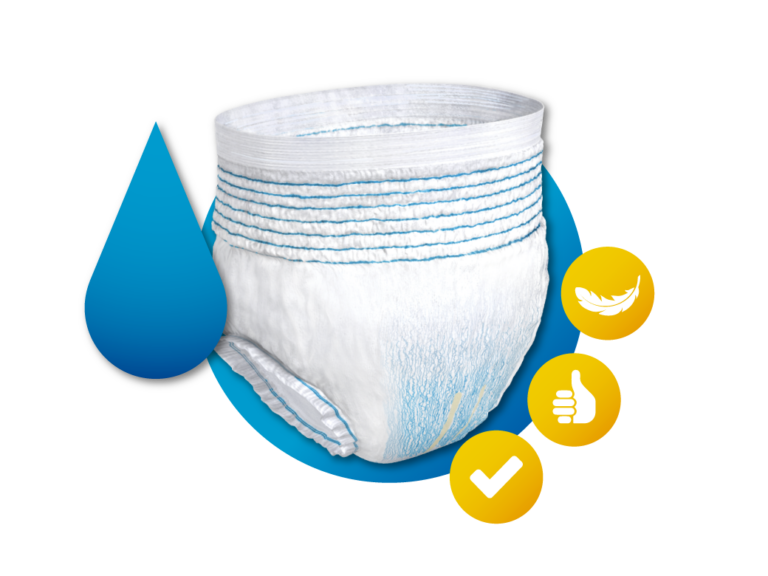How Fast Fashion is Affecting the Environment
cricbet99.win register, sky 99 exch, reddy book club:Fast fashion has taken the world by storm in recent years, offering trendy clothing at affordable prices. However, this convenience and accessibility come at a high cost to the environment. The fast fashion industry is known for its rapid production of clothing, leading to high levels of waste, pollution, and exploitation of natural resources. In this article, we will explore how fast fashion is affecting the environment and what we can do to combat its negative impact.
The Impact of Fast Fashion on the Environment
1. Excessive water usage: The production of fast fashion clothing requires a significant amount of water, from growing raw materials like cotton to dyeing and finishing the final garments. It is estimated that one cotton t-shirt can require up to 2,700 liters of water to produce. This excessive water usage puts a strain on freshwater sources and contributes to water scarcity in many regions.
2. Chemical pollution: The use of toxic chemicals in the production of fast fashion clothing poses a serious threat to the environment. These chemicals, such as dyes, bleaches, and finishing agents, are often released into water sources, contaminating rivers and oceans. This pollution not only harms aquatic ecosystems but also poses risks to human health.
3. Textile waste: Fast fashion thrives on a “throwaway” culture, where clothing is produced quickly and cheaply, only to be discarded just as fast. As a result, the fashion industry generates a staggering amount of textile waste, with millions of tons of clothing ending up in landfills each year. This waste takes decades to decompose and contributes to greenhouse gas emissions.
4. Carbon footprint: The fast fashion industry is a major contributor to carbon emissions, due to its reliance on fossil fuels for manufacturing, transportation, and packaging. The production and distribution of clothing contribute to climate change by releasing greenhouse gases into the atmosphere. Additionally, the rise of online shopping has led to increased emissions from shipping and delivery.
5. Deforestation: The demand for natural fibers like cotton has led to widespread deforestation in countries like Brazil and Indonesia. Deforestation not only destroys vital habitats for wildlife but also contributes to climate change by releasing stored carbon into the atmosphere. The loss of forests also disrupts ecosystems and threatens biodiversity.
6. Exploitation of labor: To keep up with the fast pace of fashion trends, many brands rely on cheap labor in developing countries, where workers are often subjected to poor working conditions and low wages. The exploitation of garment workers not only violates human rights but also perpetuates a cycle of poverty in vulnerable communities.
What Can We Do to Combat the Negative Impact of Fast Fashion?
1. Support sustainable and ethical brands: Look for fashion brands that prioritize sustainability and ethical practices in their production process. These brands often use eco-friendly materials, minimize waste, and ensure fair wages for workers. By supporting these brands, you can help promote responsible fashion practices.
2. Buy quality over quantity: Instead of buying cheap, disposable clothing, invest in high-quality pieces that are made to last. By choosing timeless, versatile pieces, you can build a more sustainable and long-lasting wardrobe. Quality clothing also tends to be better for the environment, as it requires less frequent replacement.
3. Buy second-hand or vintage: Give pre-loved clothing a second life by shopping at thrift stores, consignment shops, or online marketplaces. Buying second-hand is a more sustainable option, as it reduces demand for new production and helps to divert clothing from landfills. Vintage clothing is also a unique and stylish way to express your personal style.
4. Reduce, reuse, recycle: Embrace the principles of reduce, reuse, and recycle in your fashion choices. Consider repairing or altering your clothing instead of throwing it away. Donate unwanted items to charity or clothing swaps. Recycle old textiles through designated programs or DIY projects. By extending the lifespan of your clothing, you can minimize waste and lessen your environmental impact.
5. Educate yourself and others: Stay informed about the environmental and social impact of fast fashion. Share this knowledge with friends and family to raise awareness about the importance of sustainable fashion practices. By supporting conscious consumer behavior, we can collectively work towards a more sustainable and ethical fashion industry.
6. Advocate for change: Use your voice to advocate for reform within the fashion industry. Support campaigns and initiatives that promote transparency, fair labor practices, and environmental conservation. Hold brands accountable for their actions and demand greater accountability and responsibility in the production of clothing.
FAQs
Q: Is fast fashion really that harmful to the environment?
A: Yes, fast fashion has a significant negative impact on the environment, from excessive water usage and chemical pollution to textile waste and carbon emissions.
Q: Can I still be fashionable while being sustainable?
A: Absolutely! There are many sustainable and ethical fashion brands that offer stylish and trendy clothing options. By choosing quality over quantity and embracing second-hand or vintage clothing, you can be fashionable and sustainable at the same time.
Q: How can I make a difference as an individual consumer?
A: As an individual consumer, you can make a difference by supporting sustainable brands, buying high-quality clothing, shopping second-hand, and practicing the principles of reduce, reuse, and recycle. Educate yourself and others about the impact of fast fashion and advocate for positive change within the industry.







